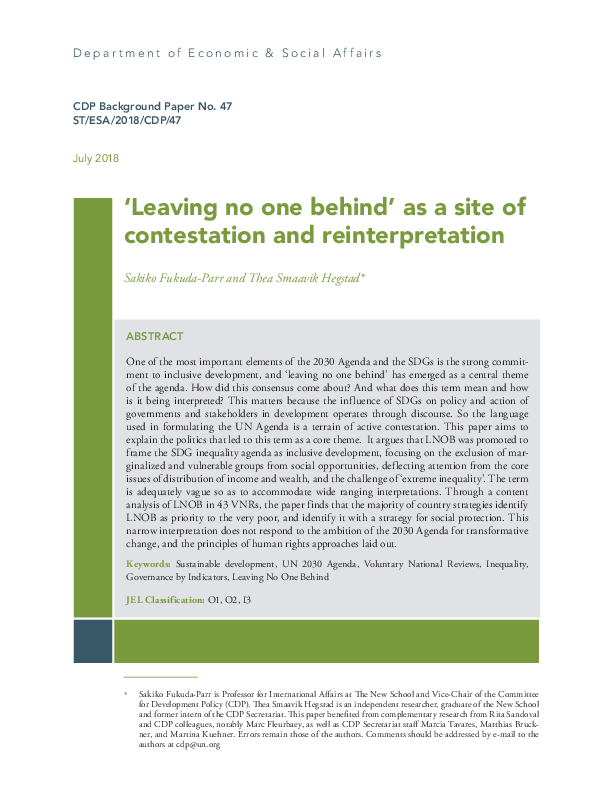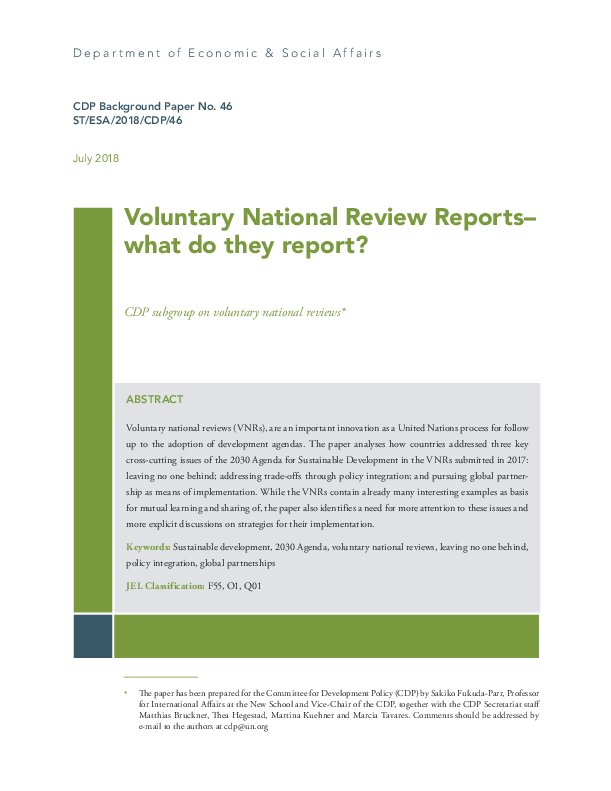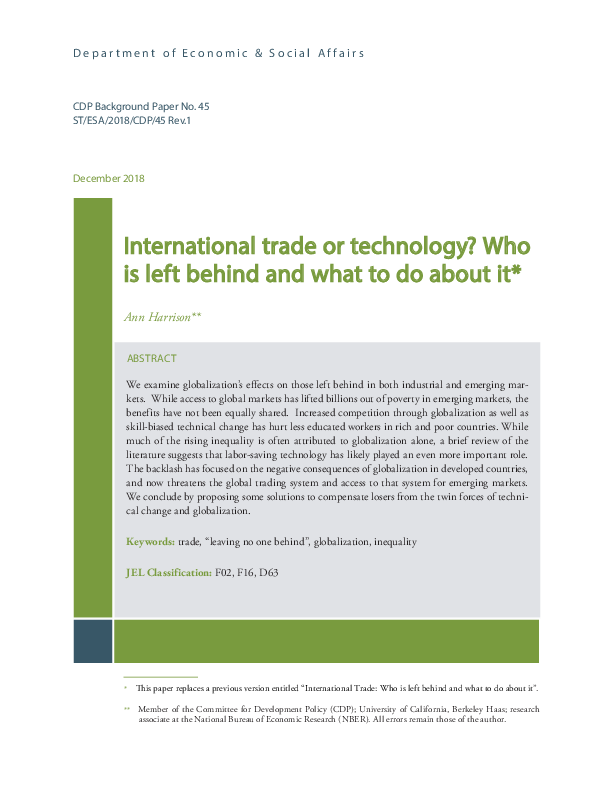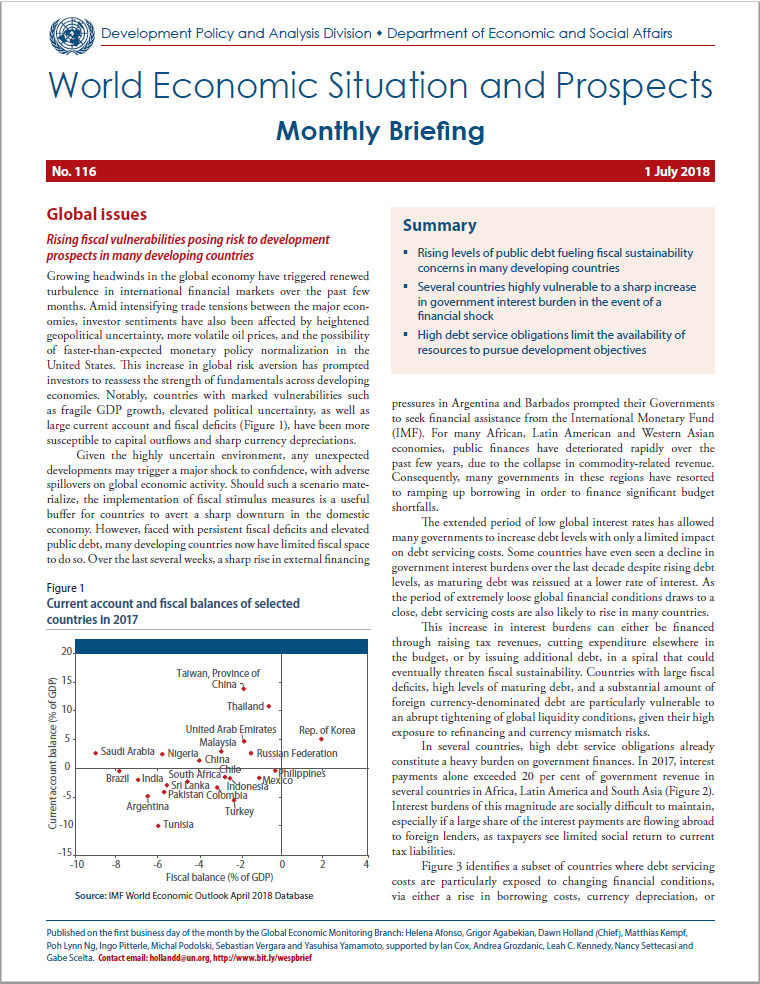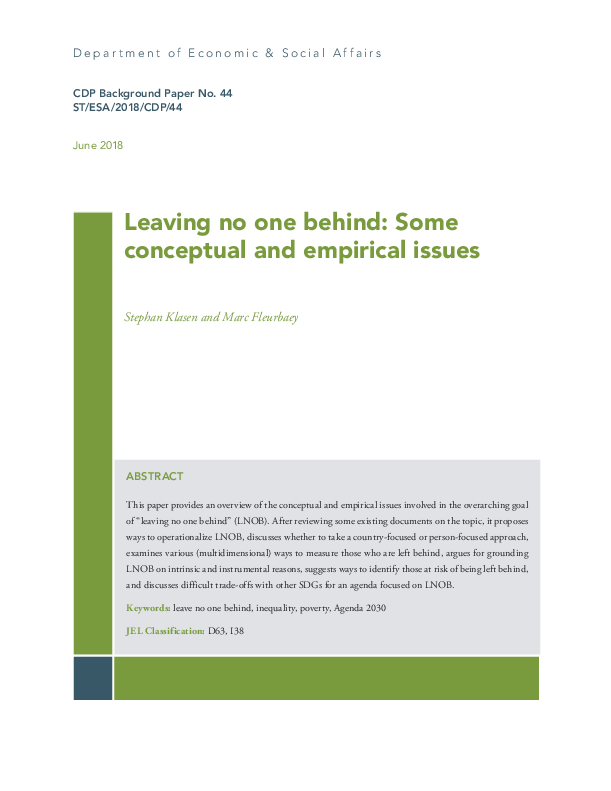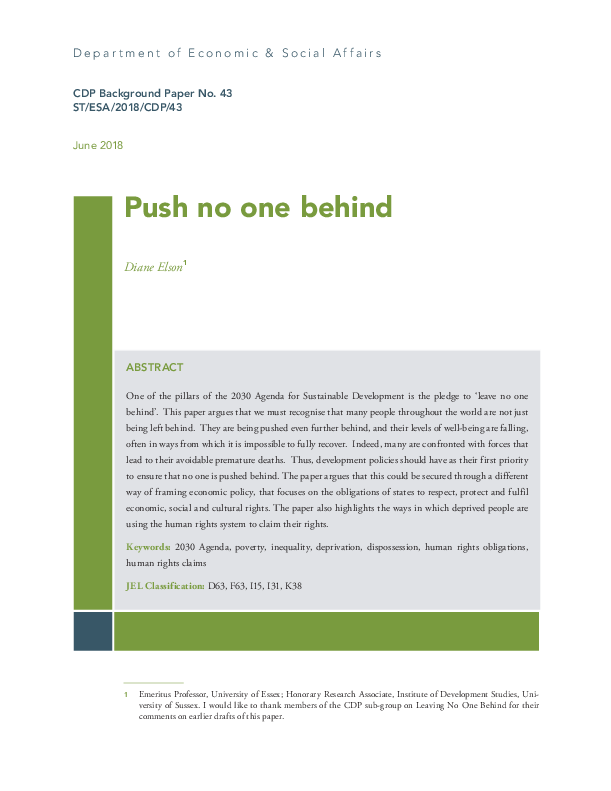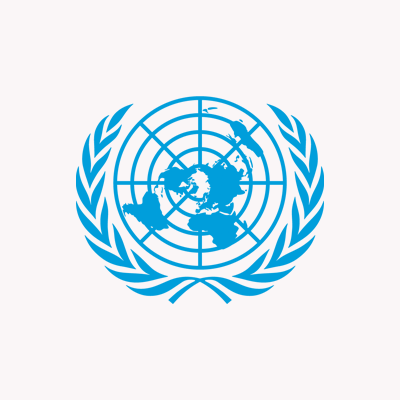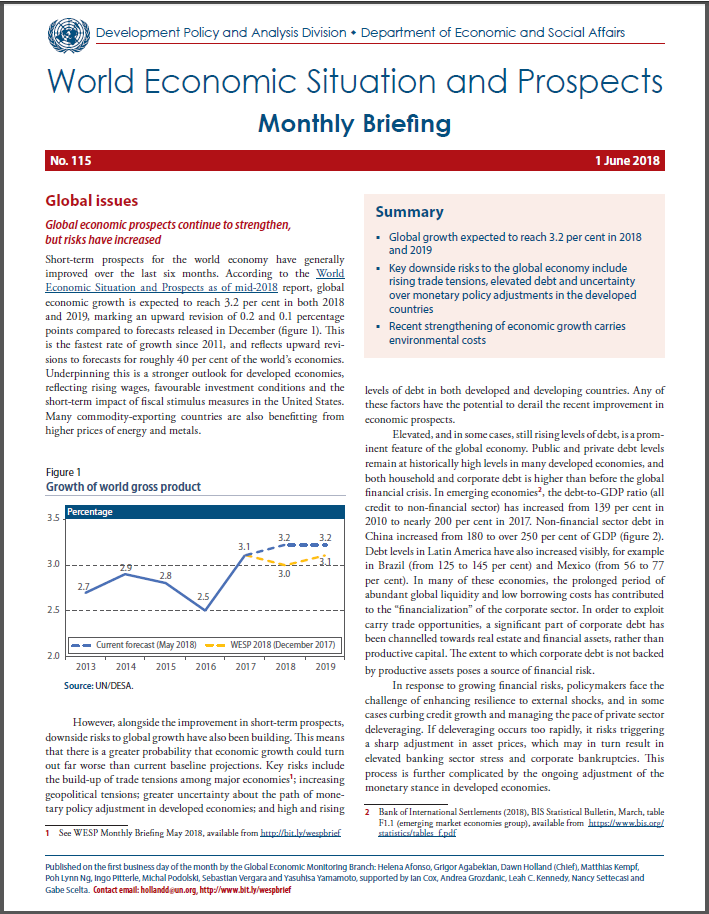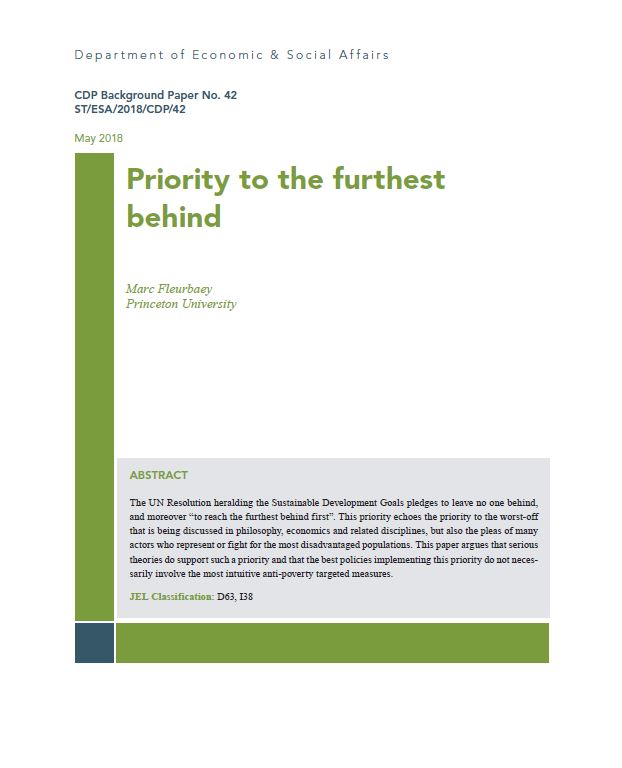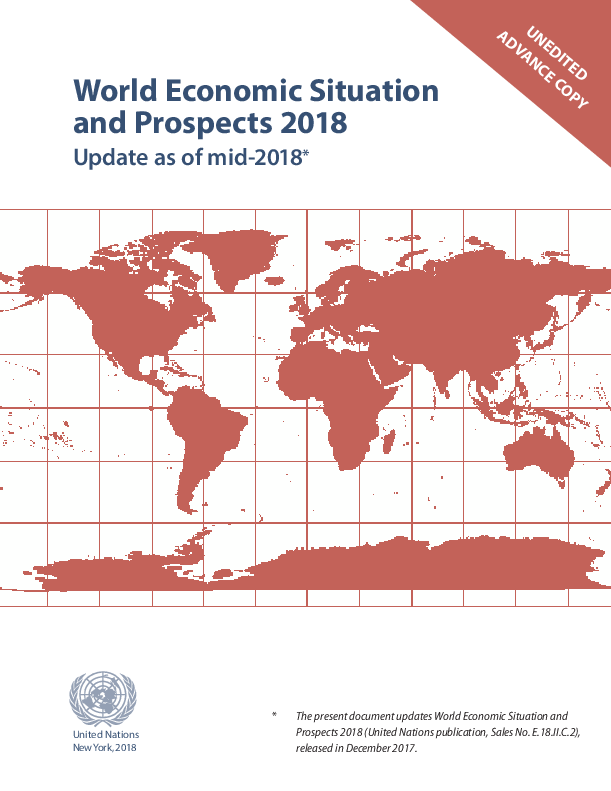Publications
Displaying 351 - 360 of 1105
عربي, 中文, English,?Français, Русский, Español World Economic and Social Survey 2018: Frontier technologies for sustainable development,?Overview (E/2018/50)
عربي, 中文, English,?Français, Русский, Español World economic situation and prospects as of mid-2018 (E/2018/63)
عربي, 中文, English,?Français, Русский, Español
 Welcome to the United Nations
Welcome to the United Nations
